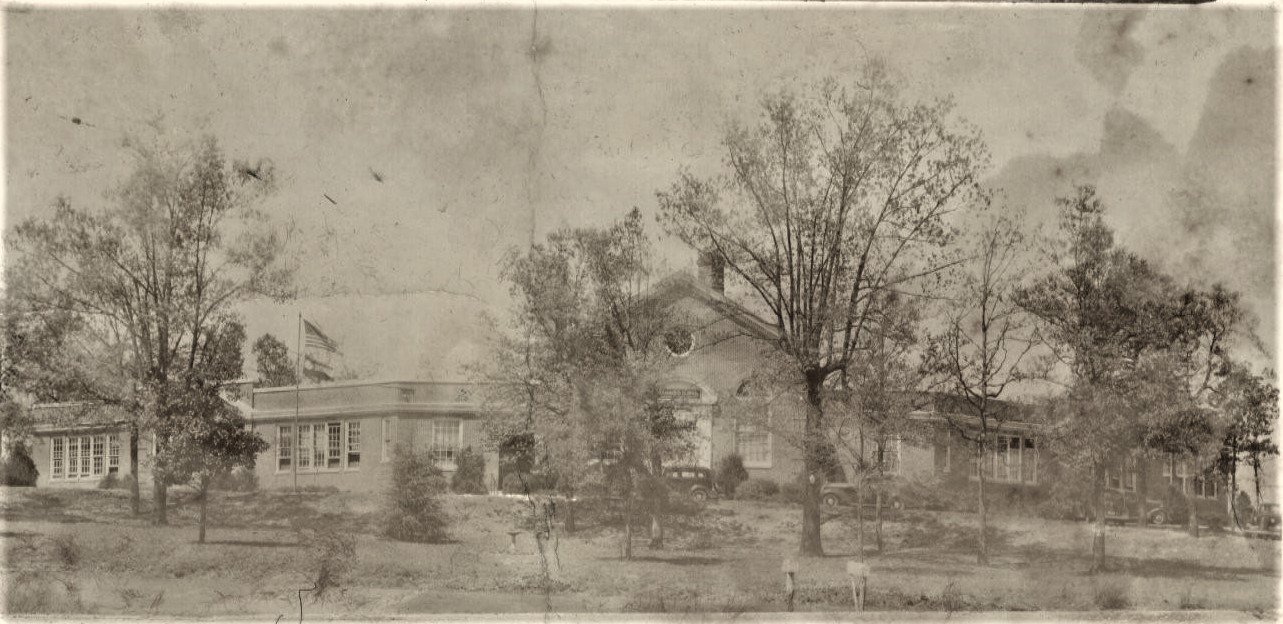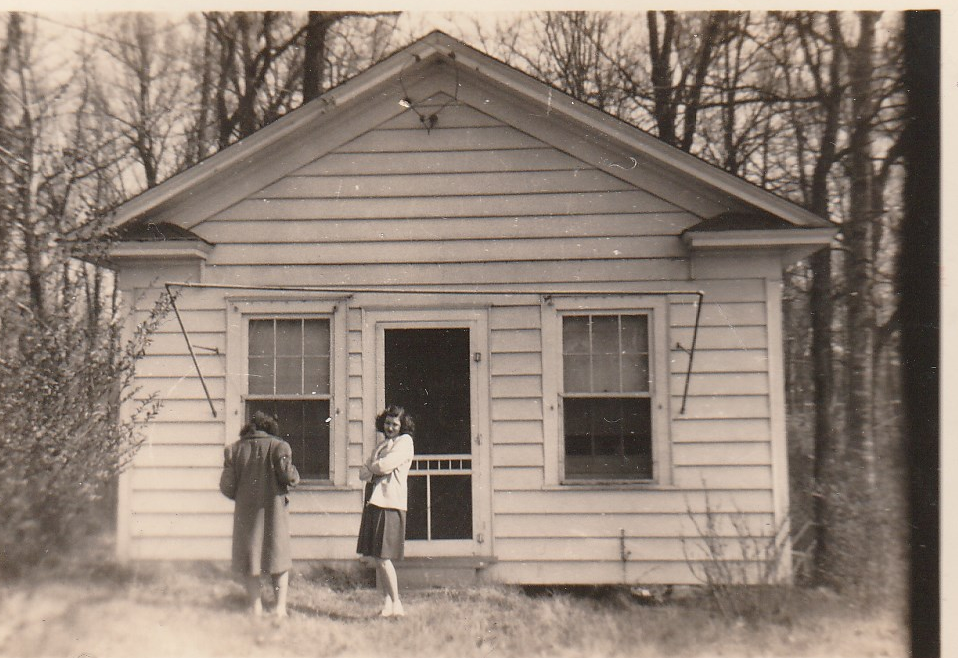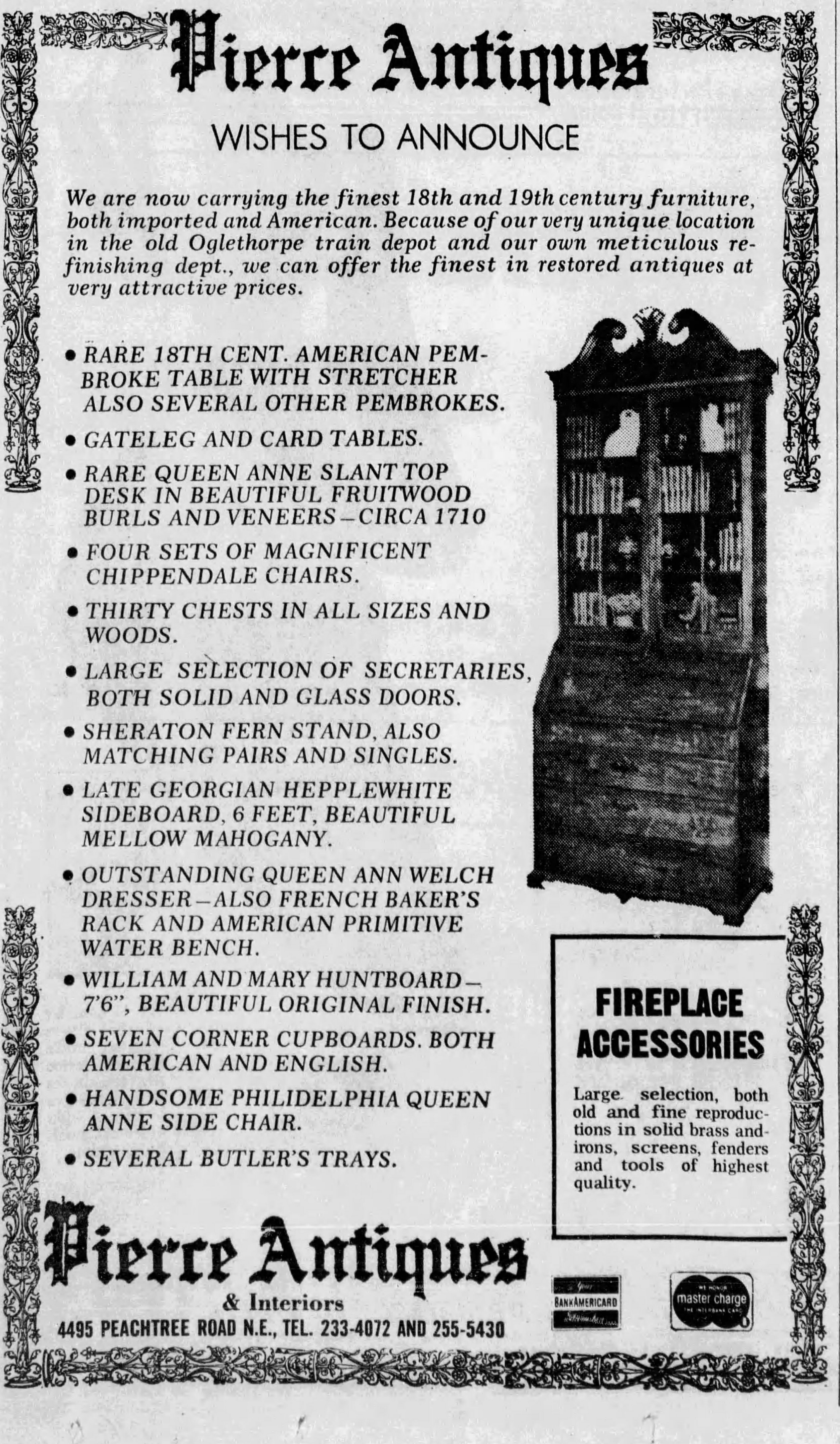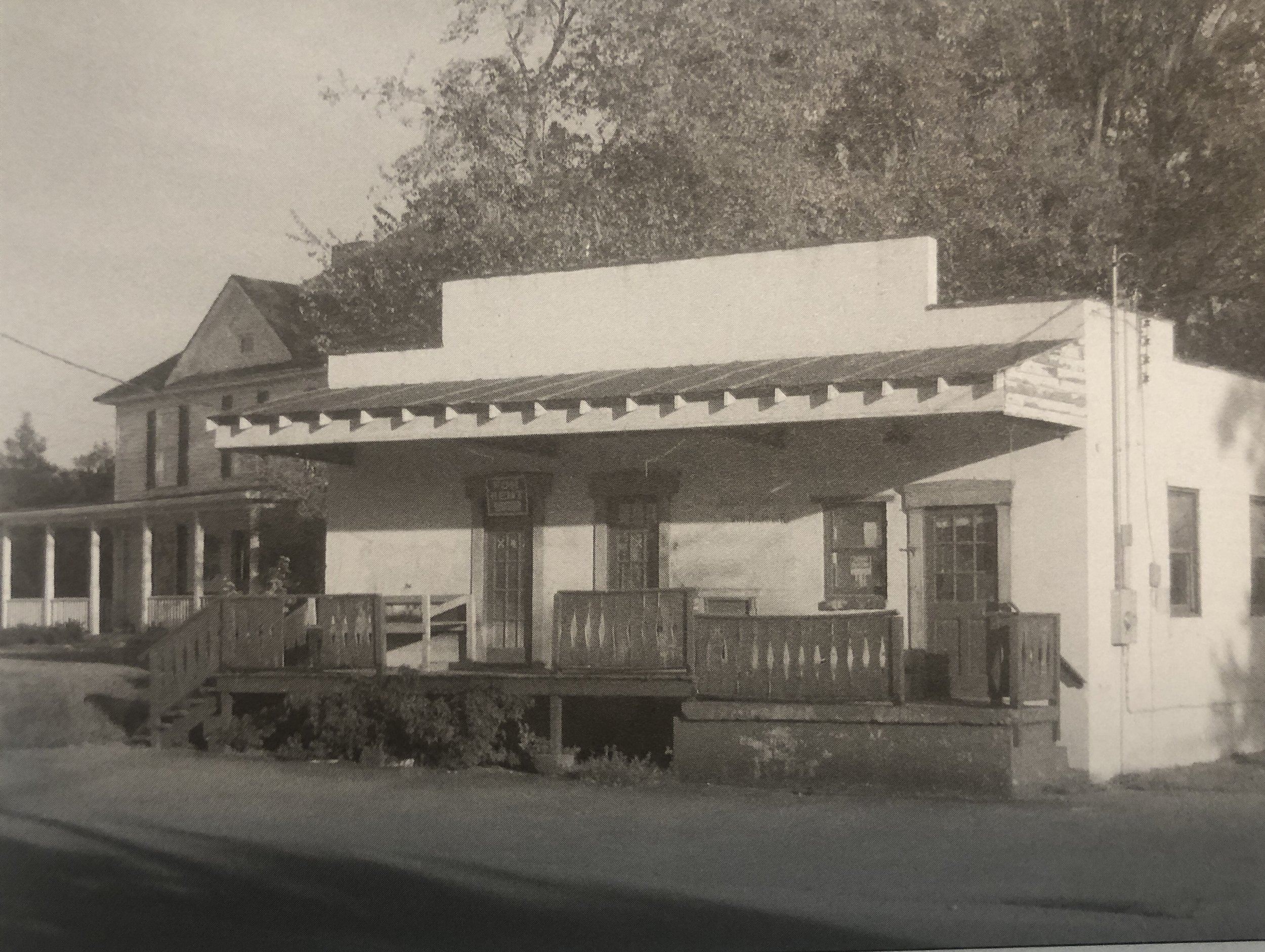The Cassidy-Lamb Home at 2579 W. Fontainebleau Court was built around 1930 by Clara Cassidy as a summer home. Cassidy purchased 140 acres of land south of Spalding Drive and arranged for a log cabin to be constructed. In 1942, gasoline rationing made it difficult for Clara Cassidy to travel back and forth between Atlanta and her summer home. She sold the home to Baxter Maddox, Vice President and Trust Officer of First National Bank.
The former summer home of three families and the permanent home of two families is known as the Cassidy Lamb Home, located on W. Fontainebleau Drive off Happy Hollow Road.
Baxter Maddox descended from a family of bankers. His grandfather, Robert Flournoy Maddox, came to Atlanta in 1858. Robert Flournoy Maddox married Nannie Reynolds and started the Maddox-Rucker Banking Company. That bank became Atlanta National Bank, which merged with American National Bank, and became First National Bank. First National Bank merged with First Union, Wachovia, and eventually Wells Fargo Bank. (Atlanta Constitution, June 3, 1993, Baxter Maddox obituary)
Robert Flournoy Maddox’ son was Robert Foster Maddox, president and director of Atlanta National Bank and mayor of Atlanta from 1908 to 1910. Robert Foster Maddox married Lorah Lavender Baxter Maddox and they had six children, including son Nathaniel Baxter Maddox. The Maddox family is buried at Oakland cemetery where they have a mausoleum.
Baxter Maddox married Mildred Roberts Clark, who went by Midge. She was one of twelve women referred to as the Dirty Dozen or as Atlanta Constitution society writer Yolande Gwin preferred, the Darling Dozen. The women were members of the Forward Arts Foundation, a group that broke off from the Women’s Committee of the High Museum of Art in 1965.
When their tearoom in the McBurney carriage house behind the High Museum was set to be demolished, they searched for a new location. They found the carriage house of the former home of Edward and Emily Inman-Swann Coach House. The Atlanta Historical Society purchased the Inman property in 1966 and opened it to the public in 1967.
When Baxter and Midge Maddox purchased their summer home from Clara Cassidy, they added a pool, bathhouse, badminton and tennis courts. These additions helped the couple prepare to entertain family and other Atlanta business executives. The Cassidy family referred to the home as The Farm, but it later became known as Happy Hollow and the road that led to the property as Happy Hollow Road.
Maddox sold the home along with ten acres in 1945 to Harold and Charlotte Ebersole. Harold Ebersole was Vice President and Manager of the Davison Paxon Company. The Davison Paxon department stores later went by the name Davison’s.
In the 1950s, Janet Gray purchased the Happy Hollow home. For her surprising and fascinating story, read my article published in the Dunwoody Crier newspaper. Here is a little hint about the complexity of the Janet Gray story-she had 21 aliases! This story was brought to my attention by Marissa Howard of the DeKalb History Center.

























